

|
Impressions |
Mai 2007 |
Former Kernei, today's KljajiŠevo in the Vojvodina.
 |
 |
| The church was build 1791-1797 | Das Rathaus |
A settlement existed in Turkish times. As they pulled back after the siege of Vienna in 1683, the area was left without population. In the following time of the military frontier, there have been nine "good settlements" in the ęombor district. 1763 the location was proposed for planned settlement, 1765 the first 17 families came.
 |
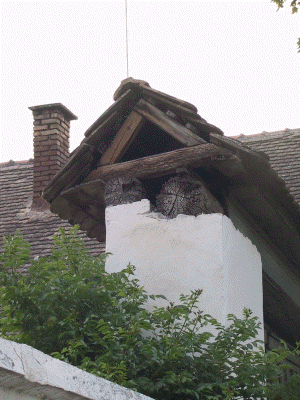 |
To Kernei came mostly settlers of German speaking families. Some had settled before in Hungary, others came from Germany, Lorraine, Bohemia, and Moravia. Other settlers were Slavs.
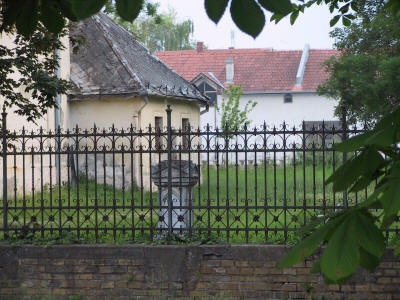 |
 |
| The cemetery. Today, the church has been handed over to the orthodox church. |
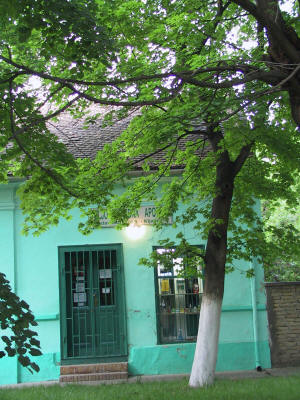 |
 |
|
The pharmacist |
Half of the German speaking population fled in 1944 to escape the Red army. The rest was sent to Russia or put into camps in Yugoslavia.
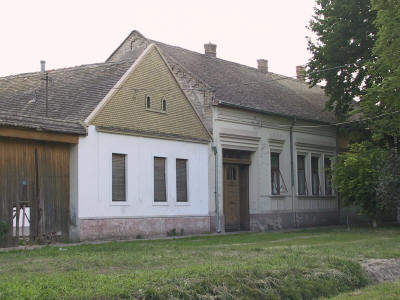 |
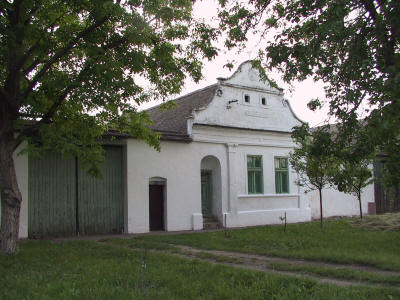 |
 |
|
|
According to the sign this house of "Mathias Halter" was built in 1891. |
The official name till 1904 was Kernyßja, then Kereny. In the Yugoslav kingdom it became Krnjaja, after the second World War KljajiŠevo in memory of the partisan leader and decorated "Yugoslav National hero" Milo╣ KljajiŠ. The village became a socialist benchmark.
 |
 |
|
Saturday Night Fever. Meeting in front of the houses or in the center of the village. |
|
|
|
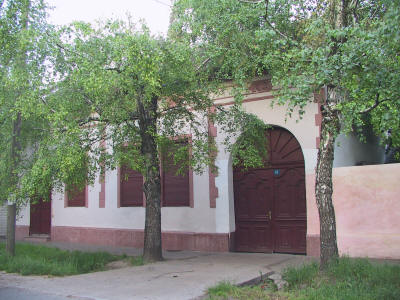 |
|
|
|
|
Austrian, Yugoslav and Milo╣eviŠ times in one picture. |
The administration booth on the market shows stickers of all political movements. |
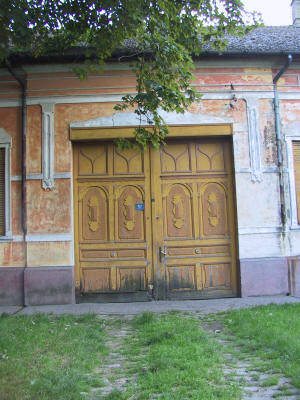 |
 |
| On the former cemetary only a few ruins and grave stones remain. |
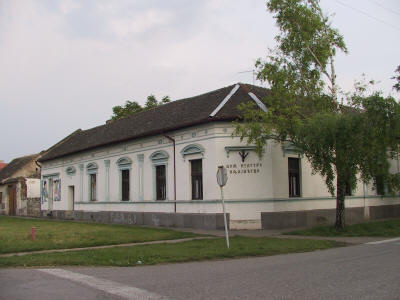 |
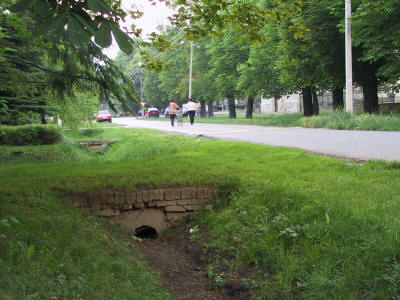 |
| Todays Cultural Center | The road in the Maria Theresia style, with lawn or flowers separated from the buildings. |
 |
 |
More information: HOG Kernei, Wikipedia and Batschka web sites